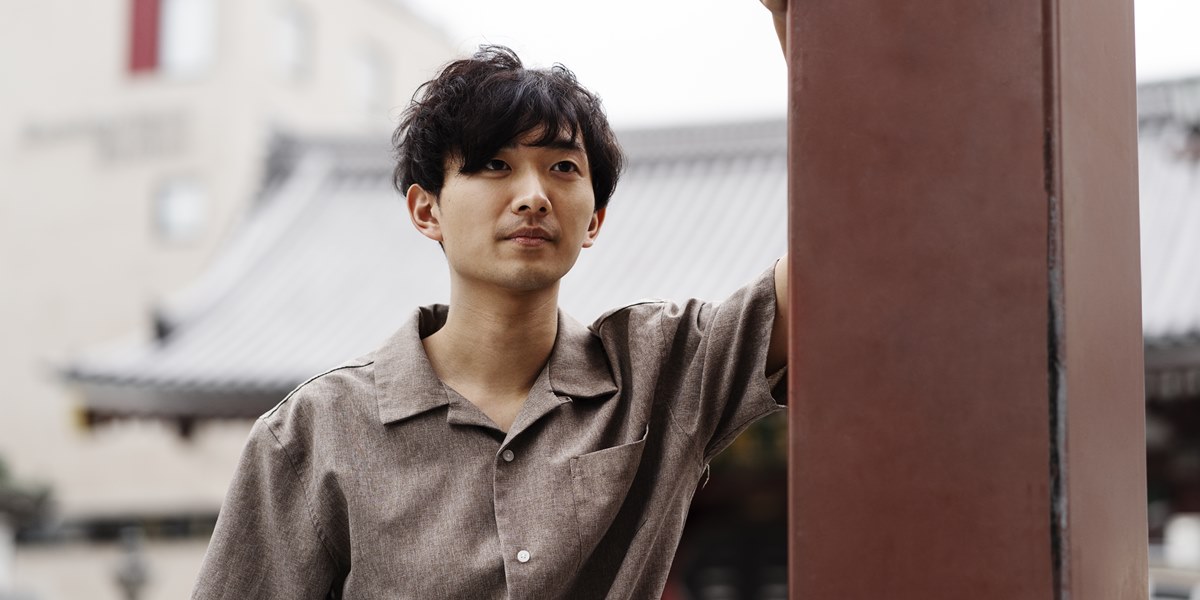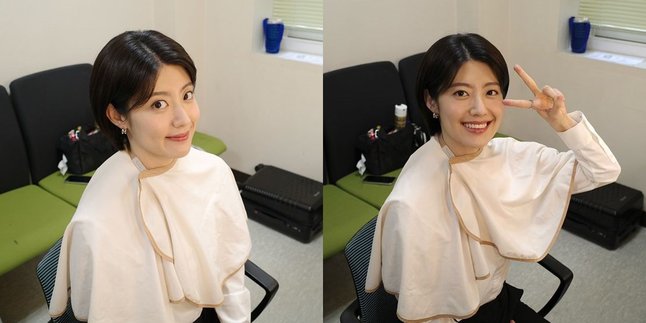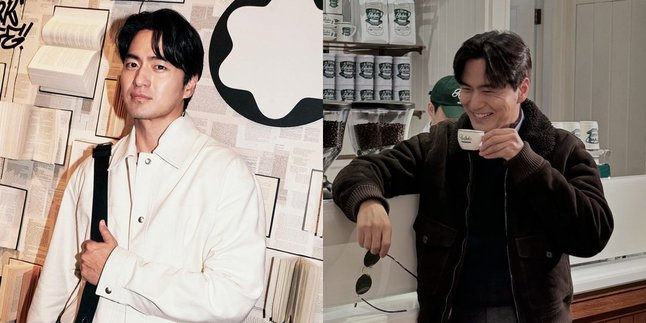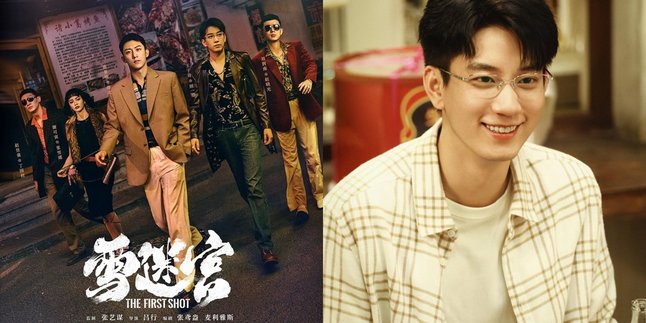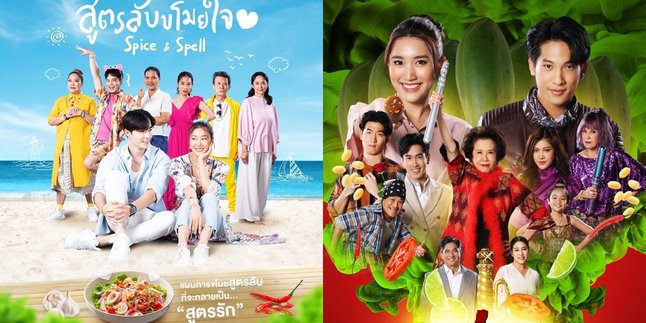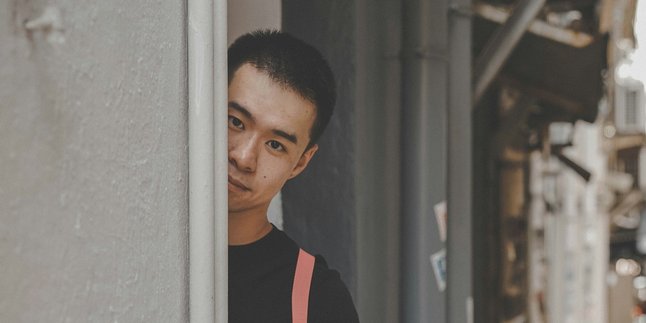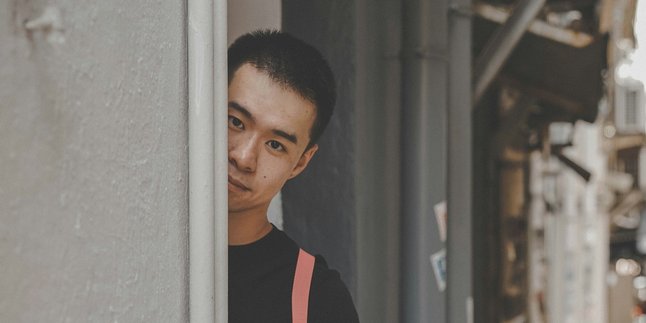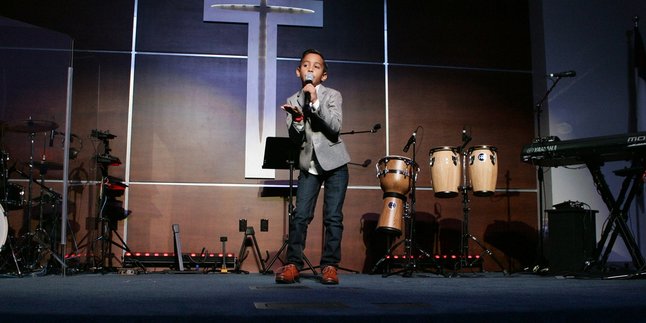Kapanlagi.com - In learning the Japanese language, there are various words you can learn. One of them is handsome Japanese. In the richness of Japanese language and culture, the concept of handsomeness has undergone an interesting evolution throughout history to the present day.
From the samurai era to the modern age, the standards of male beauty in the Land of the Rising Sun continue to change, reflecting dynamic social values and global influences. The Japanese language, with its uniqueness, has a variety of expressions to describe handsomeness.
Each with its own nuances and contexts of use. This article will thoroughly discuss the terms of handsome Japanese language and trace the journey of the concept of handsomeness in Japan through the ages.
Let’s explore how this handsome Japanese language is used in everyday conversations complete with example sentences and its history. Come on, let’s check it out, KLovers!
1. What is Handsome in Japanese?

Illustration (credit: freepik.com)
Handsome in Japanese has 2 types, the first is "hansamu" and the second handsome Japanese term is "ikemen". Both terms have slightly different nuances and usages. The word hansamu is a loanword from the English "handsome" and is generally used to describe men with attractive appearances.
Typically, this refers to those with regular facial features and a neat appearance. On the other hand, the Japanese term ikemen is a more modern and popular term, especially among young people. This word comes from the phrase "iketeiru men", which literally means "cool face". Ikemen does not only refer to physical attractiveness.
But also includes overall appeal, including personality and style. This term is often used to describe men who are not only handsome but also possess charm and captivating charisma. The main difference between hansamu and ikemen lies in the nuances and contexts of their usage.
The Japanese word hansamu tends to be more formal and describes classic attractiveness, while the Japanese word ikemen is more casual and encompasses a broader appeal, including style and personality. To better understand this, let's look at examples of how both terms are used in sentences:
Example sentences using Hansamu
1. "Kare wa totemo hansamu na haiyuu desu."
Meaning: He is a very handsome actor.
2. "Hansamu na gaiken wa kare no seikou no ichiin desu."
Meaning: His handsome appearance is one of the factors of his success.
3. "Kanojo wa, hansamu na dansei to kekkon shimashita."
Meaning: She married a handsome man.
4. "Kono moderu wa, hansamu na kaodachi de yuumei desu."
Meaning: This model is famous for his handsome face.
5. "Kare no hansamu na egao ni, ooku no hito ga miryou saremasu."
Meaning: Many people are captivated by his handsome smile.
Example sentences using Ikemen
1. "Kare wa gakkou de ichiban no ikemen toshite shirarete imasu."
Meaning: He is known as the coolest guy in school.
2. "Ano bando no vookaru wa ikemen de ninki ga arimasu."
Meaning: The band's vocalist is popular because he is cool and attractive.
3. "Kanojo wa ikemen haiyuu ni sain wo moratte yorokonde imashita."
Meaning: She was happy to get an autograph from the cool actor.
4. "Saikin no dorama ni wa, ikemen haiyuu ga ooku shutsuen shite imasu."
Meaning: Many cool actors are appearing in the latest dramas.
5. "Kare no ikemen na seikaku ni, ooku no tomodachi ga hikitsukeraremasu."
Meaning: Many friends are attracted to his cool personality.
2. The History of Beauty Standards in Japan
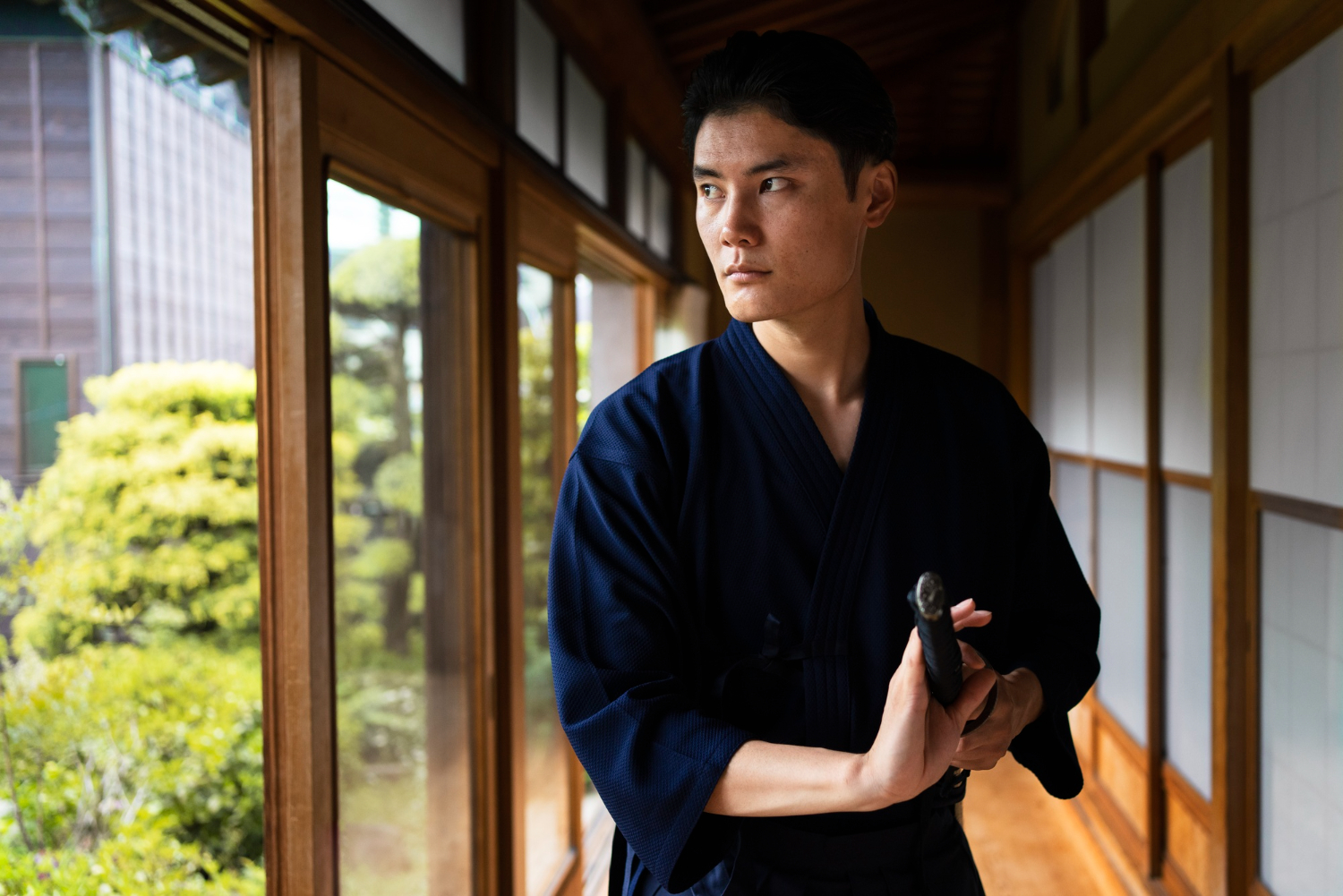
Illustration (credit: freepik.com)
In addition to knowing the handsome Japanese language, KLovers can also understand the standards of attractiveness in Japanese culture and society. The standards of attractiveness in Japan have evolved over time.
This reflects shifts in cultural values, external influences, and social trends. Here is an overview of the evolution of attractiveness standards in Japanese society over time:
1. Feudal Era (before 1868)
During this time, male attractiveness was often associated with strength, bravery, and loyalty. Samurai were considered the masculine ideal, characterized by traits such as an athletic body, a firm demeanor, and martial arts skills. A rugged face and serious expressions were also seen as attractive.
2. Meiji Era (1868-1912)
With Japan opening up to Western influences, standards of attractiveness began to change. Western hairstyles and clothing began to be adopted by the elite. Men with neat appearances, educated, and "civilized" by Western standards began to be considered attractive.
3. Taisho and early Showa Era (1912-1945)
The influence of popular culture and film began to shape the ideals of attractiveness. Silent film actors like Sessue Hayakawa became icons of attractiveness with their refined facial features and deep expressions. Dandy styles with fashionable Western clothing also became popular.
4. Post World War II (1945-1970s)
Actors like Toshiro Mifune introduced a new standard of attractiveness that combined traditional masculine strength with modern appeal. A more casual and "cool" appearance began to be valued, reflecting the influence of American pop culture.
5. The Bubble Economy Era (1980s)
The emergence of "bishonen" or "pretty boy" as a new standard of attractiveness. Men with soft facial features, smooth skin, and androgynous styles began to be considered attractive, especially among teenagers and young adults.
6. The 1990s-2000s Era
The concept of "ikemen" became popular, describing men who are not only physically handsome but also have appealing personalities. Boy bands and male idols with well-groomed appearances and trendy styles became the new standard of attractiveness.
7. The Modern Era (2010s-present)
Standards of attractiveness have become more diverse. "Herbivore men" or gentle and less aggressive men gained popularity. Meanwhile, "oji-kaku" or "cool adult men" also emerged as a new ideal, combining maturity with classy style.
Now, Japanese society tends to appreciate diversity in standards of attractiveness. Factors such as personality, cleanliness, fashion sense, and career success also play important roles in determining a man's appeal, not just limited to physical features alone.
That is an explanation of the attractive Japanese men that KLovers can know. Understanding the expressions and history of beauty in Japan provides insight into the uniqueness of Japanese culture and the social dynamics of Japanese society.
(kpl/dhm)
Disclaimer: This translation from Bahasa Indonesia to English has been generated by Artificial Intelligence.
